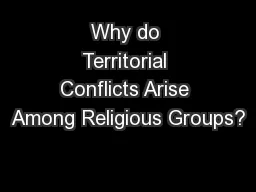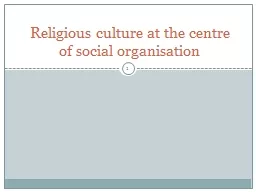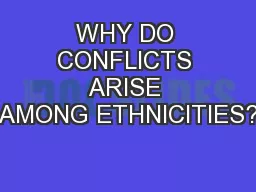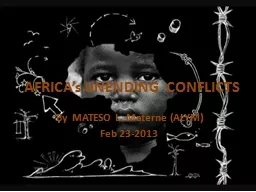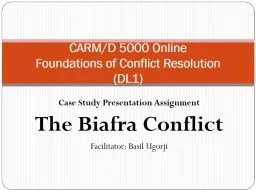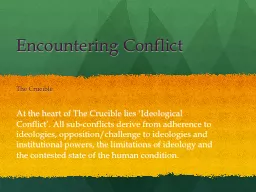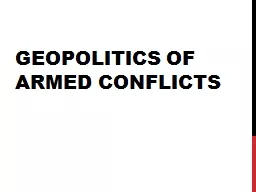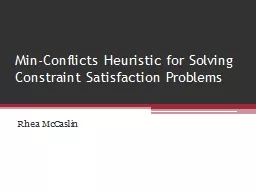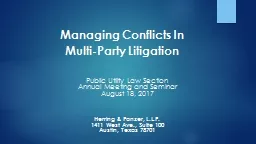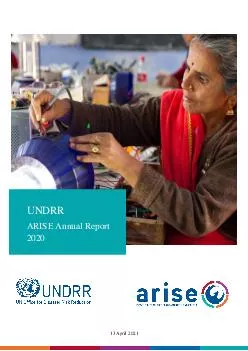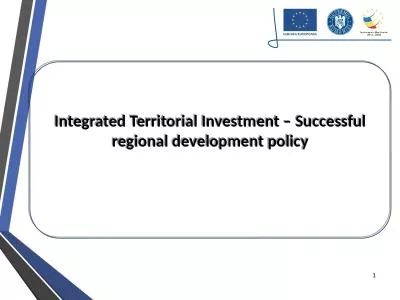PPT-Why do Territorial Conflicts Arise Among Religious Groups?
Author : pamella-moone | Published Date : 2017-04-23
Religion vs Government Policies Religious groups may oppose policies seen as contradicting their religious values Religion is element of cultural diversity that
Presentation Embed Code
Download Presentation
Download Presentation The PPT/PDF document "Why do Territorial Conflicts Arise Among..." is the property of its rightful owner. Permission is granted to download and print the materials on this website for personal, non-commercial use only, and to display it on your personal computer provided you do not modify the materials and that you retain all copyright notices contained in the materials. By downloading content from our website, you accept the terms of this agreement.
Why do Territorial Conflicts Arise Among Religious Groups?: Transcript
Download Rules Of Document
"Why do Territorial Conflicts Arise Among Religious Groups?"The content belongs to its owner. You may download and print it for personal use, without modification, and keep all copyright notices. By downloading, you agree to these terms.
Related Documents

